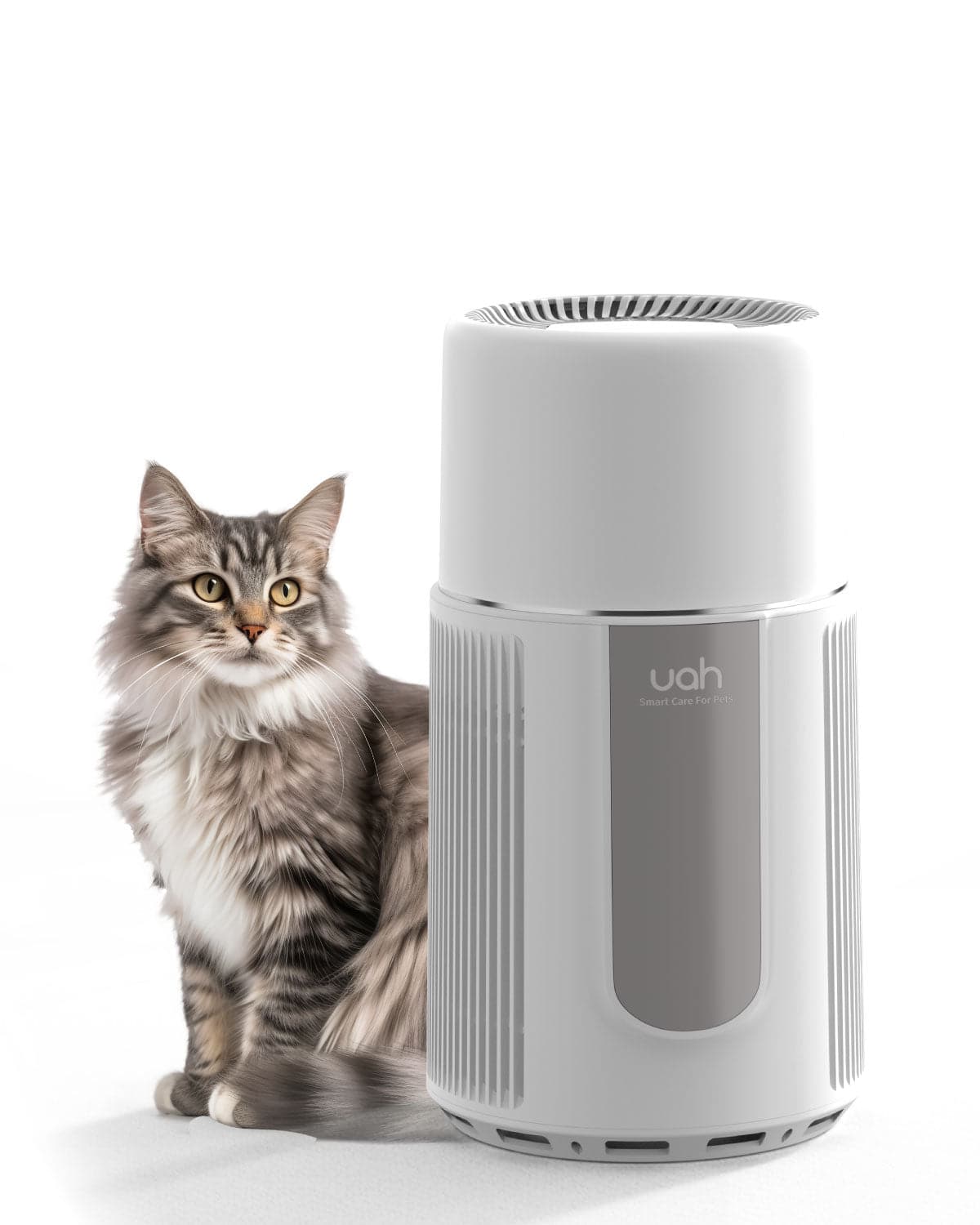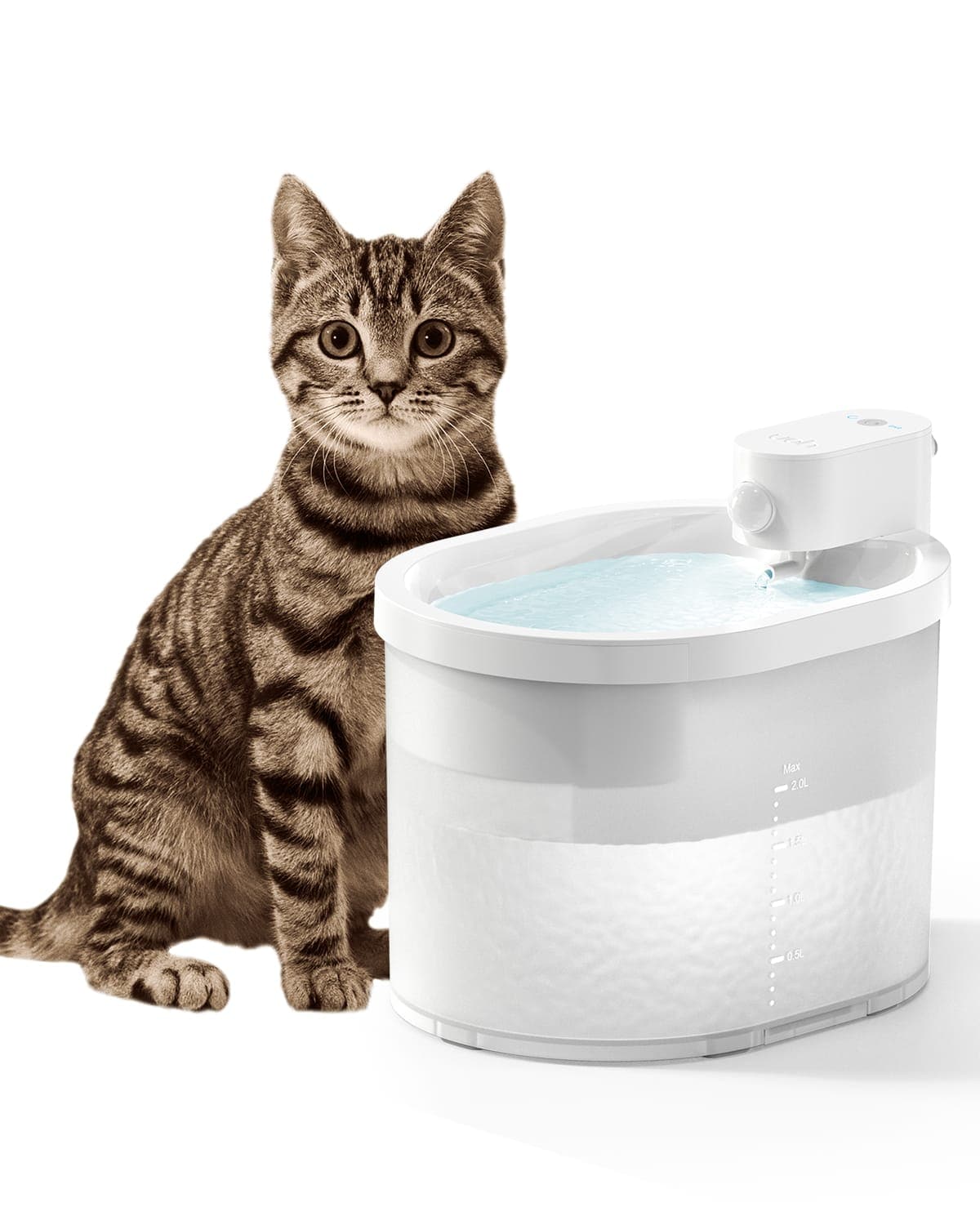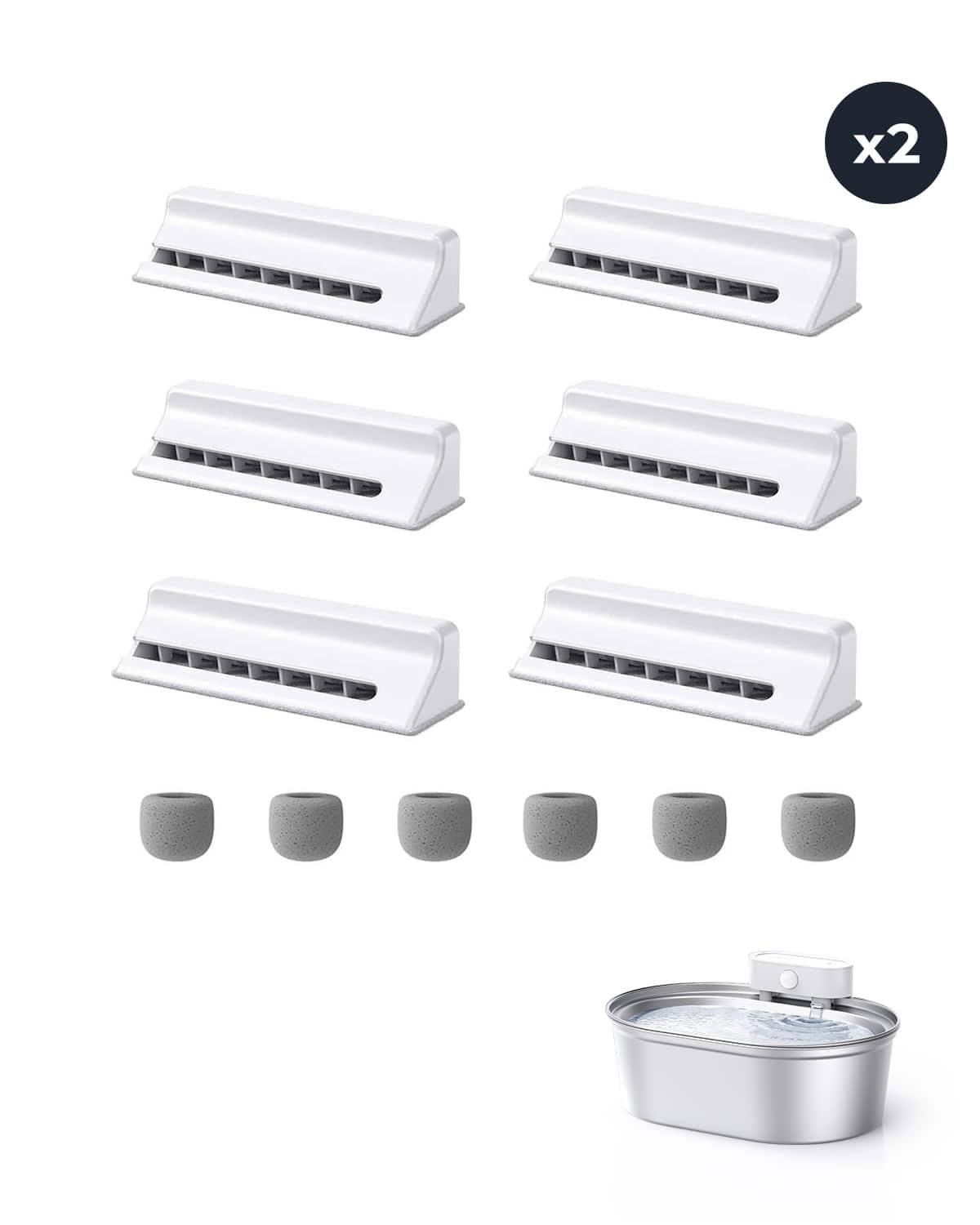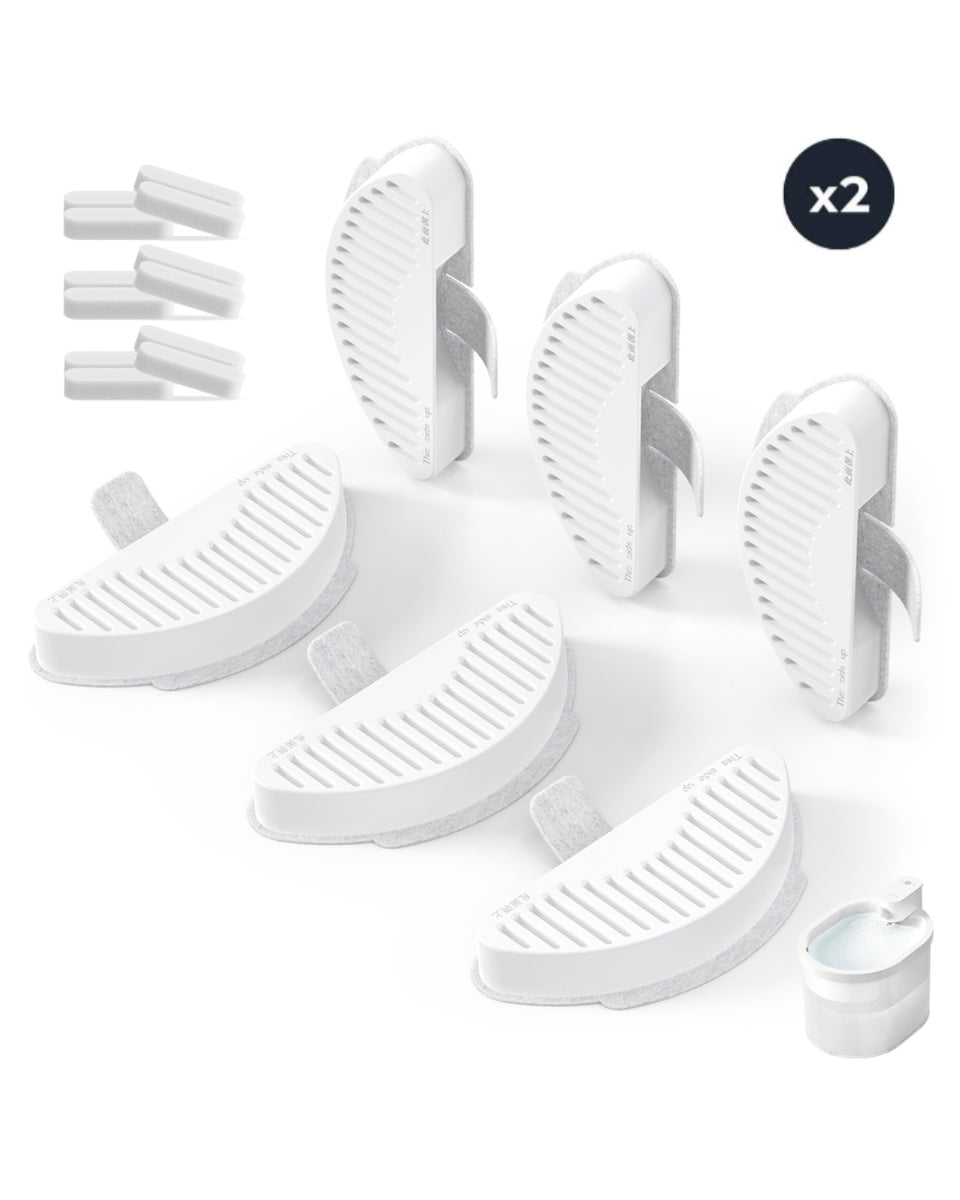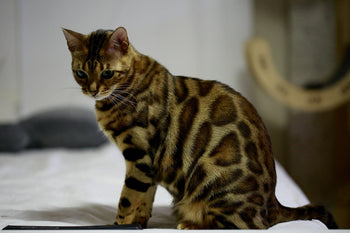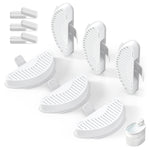Cats are fascinating creatures, and their unique features never cease to amaze their owners. One such feature that often goes unnoticed is their teeth. Cats have a set of sharp teeth that they use for hunting and eating. But how many teeth do cats have, and what is the anatomy of their teeth? In this article, we will explore the topic of a cat's teeth in detail.
Anatomy of a Cat's Teeth Before diving into the number of teeth in cats, it is essential to understand the anatomy of a cat's teeth. Cats have four types of teeth: incisors, canines, premolars, and molars. Incisors are the small teeth at the front of the mouth that cats use for grooming and nibbling. Canines are the long, sharp teeth that cats use for biting and tearing flesh. Premolars and molars are located towards the back of the mouth and are used for grinding and crushing food. Understanding the function of each tooth type is crucial to appreciate the importance of dental care for cats.
The Number of Teeth in Cats Cats have a total of 30 teeth in their mouth. They have 12 incisors, 4 canines, 10 premolars, and 4 molars. Interestingly, kittens are born without teeth, which start to emerge when they are around two weeks old. As they grow, their teeth fall out, and adult teeth replace them. Knowing the number of teeth in cats is essential for identifying any dental issues that may arise and for providing the necessary dental care.
How Many Teeth Do Cats Have: A Comprehensive Guide
Key Takeaways
Cats have four types of teeth: incisors, canines, premolars, and molars, each with a different function.
Cats have a total of 30 teeth, which start to emerge when they are around two weeks old.
Understanding the anatomy of a cat's teeth and the number of teeth they have is crucial for providing the necessary dental care.
Anatomy of a Cat's Teeth
Types of Teeth
Like humans, cats have two sets of teeth in their lifetime. They have 26 deciduous teeth, also known as milk teeth, which they start to lose around 11 weeks of age. As adult cats, they have 30 permanent teeth. These teeth are divided into four types: incisors, canines, premolars, and molars.
Incisors: These are the eight front teeth in a cat's mouth, four on the upper jaw and four on the lower jaw. They are used for biting and grooming.
Canines: These are the long, pointed teeth located on either side of the incisors. They are used for biting and tearing food.
Premolars: These are the teeth located between the canines and molars. They have two cusps and are used for cutting and shearing food.
Molars: These are the largest teeth located at the back of the mouth. They have four cusps and are used for grinding and crushing food.
Detailed Description
Cats have sharp, pointed teeth that are adapted for hunting and eating prey. Their teeth are designed to slice through flesh and crush bones. The upper jaw has a slightly wider arch than the lower jaw, which allows the upper teeth to overlap the lower teeth when the mouth is closed.
Each tooth has a crown, which is the visible part of the tooth above the gumline, and a root, which is the part of the tooth below the gumline. The root anchors the tooth in the jawbone and contains blood vessels and nerves.
Cats have a unique dental formula, which is the number and arrangement of their teeth. Their dental formula is:
3 incisors, 1 canine, 3 premolars, and 1 molar on each side of the upper jaw
3 incisors, 1 canine, 2 premolars, and 1 molar on each side of the lower jaw
Dental Adaptations
Cats have several dental adaptations that help them hunt and eat prey. Their canines are long and pointed, which allows them to grasp and hold onto prey. They also have a flexible jaw that can open wide to accommodate large prey.
Cats are obligate carnivores, which means they require a diet that is high in protein and low in carbohydrates. Their teeth are adapted for this type of diet, with sharp, pointed teeth that are designed to rip and tear meat. They do not have the flat, grinding teeth that herbivores have, as they do not need to break down tough plant material.
In conclusion, understanding the anatomy of a cat's teeth is important for their overall health and well-being. By providing them with a diet that is appropriate for their dental needs, we can help ensure that they have healthy teeth and gums throughout their lives.
The Number of Teeth in Cats
Exact Number
Cats are known for their sharp teeth, which they use for hunting and tearing apart their prey. Adult cats have a total of 30 teeth, while kittens have 26 baby teeth. The number of teeth in cats is the same for both domestic and wild cats.
The dental formula of a cat is I 3/3, C 1/1, P 3/2, M 1/1. This means that cats have three incisors, one canine, three premolars, and one molar on each side of their upper and lower jaws.
Dental Formula
The dental formula of cats is unique compared to other domestic animals. Dogs, for example, have a dental formula of I 3/3, C 1/1, P 4/4, M 2/3. This means that dogs have four premolars on each side of their upper jaw and three molars on each side of their lower jaw.
Cats have fewer premolars and molars, which makes their teeth sharper and better suited for tearing meat. The dental formula of cats has evolved over time to help them survive in the wild.
Variations and Abnormalities
While most cats have 30 teeth, some may have variations or abnormalities in their dental formula. Some cats may have an extra tooth or a missing tooth, which can cause dental problems if left untreated.
Cats with dental problems may have difficulty eating, bad breath, and other health issues. It is important to take your cat for regular dental checkups and to brush their teeth to prevent dental problems.
In conclusion, cats have 30 teeth, with a dental formula of I 3/3, C 1/1, P 3/2, M 1/1. This unique dental formula helps cats survive in the wild and makes their teeth sharp for tearing meat. It is important to take care of your cat's dental health to prevent dental problems and ensure their overall well-being.
The Importance of Dental Care for Cats
Significance of Dental Care
Dental care is an essential aspect of a cat's overall health and well-being. Neglecting dental hygiene can lead to a host of dental problems, such as gum disease, tooth decay, and bad breath. These issues can cause discomfort, pain, and even lead to serious health problems such as heart, liver, and kidney disease. Therefore, it is crucial to maintain good dental hygiene in cats to ensure they live a healthy and happy life.
Potential Dental Problems
Cats can suffer from various dental problems, including periodontal disease, tooth resorption, and oral tumors. Periodontal disease is the most common dental problem in cats, and it occurs when plaque and tartar build-up on the teeth, leading to inflammation of the gums. Tooth resorption is a painful condition where the tooth structure dissolves, leaving the root exposed. Oral tumors can also develop, which can be benign or malignant and require immediate veterinary attention.
Oral Hygiene Tips
There are several ways to maintain good dental hygiene in cats. Regular brushing of the teeth is the most effective method to remove plaque and tartar buildup. Use a soft-bristled toothbrush and toothpaste formulated for cats. Additionally, feeding cats a high-quality diet can help prevent dental problems. Dry kibble can help remove plaque and tartar buildup while wet food can stick to the teeth, leading to dental problems.
Veterinary Dental Care
Regular veterinary dental check-ups are essential to detect and treat dental problems early. During a dental exam, the veterinarian will check for signs of dental problems, including inflammation, tartar buildup, and tooth decay. They may also recommend a professional dental cleaning to remove tartar and plaque buildup. In severe cases, extractions or other dental procedures may be necessary.
In conclusion, maintaining good dental hygiene in cats is essential for their overall health and well-being. By following oral hygiene tips and seeking veterinary dental care, cat owners can help prevent dental problems and ensure their cats live a healthy and happy life.
Conclusion

Cats are fascinating creatures with unique dental anatomy. Their teeth are specialized for hunting, killing, and eating prey. Adult cats have 30 teeth, which include incisors, canines, premolars, and molars. Their teeth are sharp and pointed, allowing them to grab onto prey and tear flesh.
Cats' teeth are also important for their overall health. Proper dental hygiene can help prevent gum disease, tooth decay, and bad breath. Regular dental check-ups and cleanings are recommended to maintain healthy teeth.
In addition to their natural teeth, cats may also require dental procedures like extractions or root canals. These procedures can help alleviate pain and discomfort and improve a cat's quality of life.
Overall, understanding a cat's dental anatomy is crucial for their health and well-being. By taking proper care of their teeth and seeking veterinary care when needed, cat owners can ensure their furry friends have healthy and happy lives.
Frequently Asked Questions
How many teeth do kittens have?
Kittens are born without teeth. However, their baby teeth, also known as deciduous teeth, start to come in between two to four weeks of age. By the time they are six to eight weeks old, kittens usually have a full set of baby teeth, which consists of 26 teeth.
How many teeth does an adult cat have?
An adult cat has 30 teeth, which include 12 incisors, 4 canines, 10 premolars, and 4 molars. The exact number of teeth may vary depending on the breed and individual cat.
Can a cat eat with no teeth?
Cats can still eat even if they have no teeth. However, they may need to be given soft or mashed food that is easier to chew and swallow. It is important to provide proper nutrition to maintain their health.
Do cats' teeth fall out?
Yes, cats' teeth can fall out, especially as they age. This can be caused by dental disease, trauma, or other health issues. It is important to monitor your cat's dental health and take them to a veterinarian if you notice any changes in their teeth or behavior.
Does a broken cat tooth need to be extracted?
A broken cat tooth may need to be extracted, depending on the severity of the damage. If the tooth is causing pain or infection, it may need to be removed. However, if the damage is minor, the tooth may be able to be repaired with a filling or crown.
What is the difference between a cat's baby teeth and permanent teeth?
A cat's baby teeth are smaller and whiter than their permanent teeth. They are also sharper and more pointed, which helps kittens eat and play. As cats grow, their baby teeth fall out and are replaced by their permanent teeth, which are larger, stronger, and more durable.



